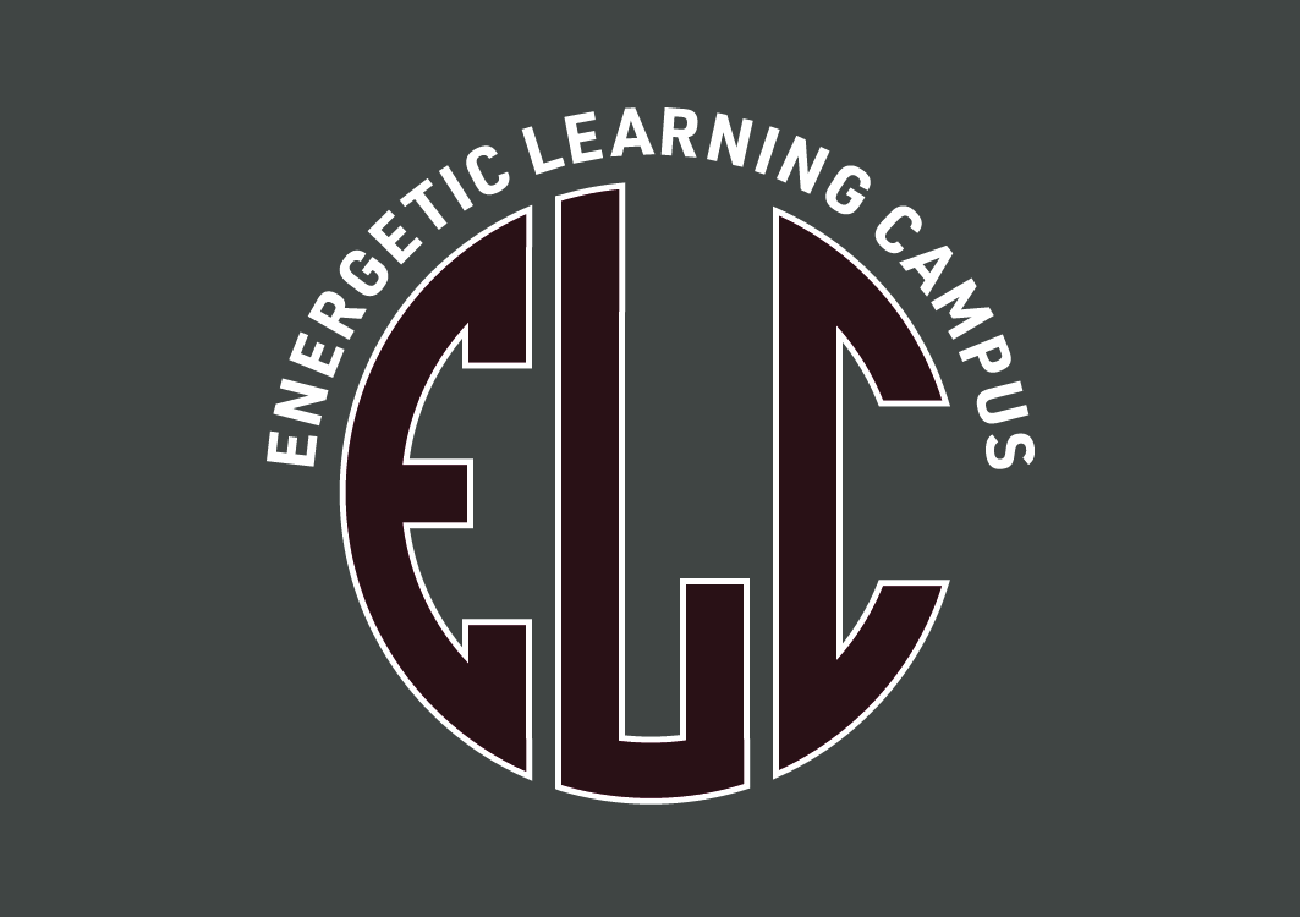The Silos of Education: Teachers of Subject Disciplines or Teachers of Students
“Why did you decide to become a teacher?” – is a question that you will probably be expected to answer when interviewing for a teaching position. Many teachers discover that their love of children draws them to teaching, or that their own love of learning makes them passionate about teaching. Others are inspired by a teacher earlier in their education who had a positive impact on them personally. The common theme when answering this question is they want to help students to reach their full potential and see them succeed.
Now I ask, what comes first the course content or the student needs?
The answer to this question places you into one of two teaching styles,
teacher-centered or student-centered. If you find it difficult to answer this question, then you’re probably somewhere in the middle of both teaching styles. However, you must at some point decide what is more important – the content or the student. This decision should help you define your teaching pedagogy. For me it is definitely student centered. I strongly feel that we must be teachers of students before we are teachers of subjects.
Most high school teachers are teacher-centered and consider themselves “Math Teachers”, “English Teachers” or Teachers of a specialized discipline (subject). Secondary teachers seem to stay in their subject silos and rarely venture out of the more traditional model of classroom instruction.
Teacher–centered classrooms focus mainly on teaching the curriculum. The teacher determines what is taught, when, how and in what time frame. The curriculum that must be taught takes precedence. These classes often require strict discipline because student’s interests are considered only after content requirements are established. Student success is assessed in comparison with how well others do. In these classrooms grades resemble the familiar bell curve.
In a student-centered classroom the teacher’s role is to facilitate growth by utilizing the interests and unique needs of students as a guide for meaningful instruction. These classrooms are goal-based. Students’ learning is assessed by whether they achieve predetermined objectives. In essence, everyone can master the material. People learn best when they listen, watch, get their hands dirty, and then reflect and teach others what they have learned. As the wise Ben Franklin stated: “Tell me and I forget, Teach me and I may remember, Involve me and I learn”.
Student-centered teaching takes the focus off the teachers’ delivery of lesson materials and places it on the needs of the student. Specifically, the needs of individual students are stressed over class performance as a whole. Student-centered methods encourage teachers to take the time to help each student develop a rich understanding of the subject, and to provide individual attention to students who learn differently, to help them reach their goals. The traditional style often involved simply moving on to new material as soon as teachers feel they’ve sufficiently covered the required amount of the old. While some students might be captivated by a particular teacher or lecturer, the student-centered method prides itself on letting teachers find new ways to engage students within the subject material through hands-on experience and rich collaborative group activities.
How do we get teachers out of their subject silos? How do we change the role of the High School “Math Teacher”? Creating school’s focused on 21st Century skills is one way to answer these questions. Developing schools to incorporate project based learning (PBL) and universal design for learning (UDL) into collaborative teaching teams also provides an answer to these questions. In addition, we should also look at our hiring practices and school timetable schedules.
Consider the 8 x 5 schedule that segregates subjects into blocks of time. It does not allow for any cross-curricular learning between students and/or staff. It actually builds the silos where we find our traditional teacher-centered educators. The 8 x 5 timetable is one of the reasons teachers are stuck in their disciplines and find it difficult to venture outside of that subject silo. Principals and school leaders need to find ways to promote interdisciplinary learning that helps guide teachers to become student-centered.
Why do we hire teachers according to subject content first? If we want to change from the teacher-centered model, then why not post positions that state, “teachers of students” as a priority requirement and makes the specialized discipline (subject) as secondary requirement. Following these hiring practices, new teachers may never refer to themselves as an “English Teacher” but rather as a “teacher of students”.
After writing this blog, I now find myself answering this question – Why did I decide to become a Principal? Answer: because I want to help teachers/students reach their full potential and see them succeed. I am proud to say that the Energetic Learning Campus (ELC) has stepped outside the 8 x 5 timetable and developed a teaching team that finds itself in one open field of interdisciplinary learning. I am part of a school that is definitely student-centered. We focus on developing 21st Century skills through school wide, cross-curricular PBL projects. The individual needs of our students are our priority. We don’t have all the answers but because we are in the same open field, we are able to passionately inspire each other to help us all (teachers and students) reach our full potential and watch our students and colleagues succeed.
Sheldon Steele
VP ELC
 Image attribution: ahoerstemeiser
Image attribution: ahoerstemeiser


